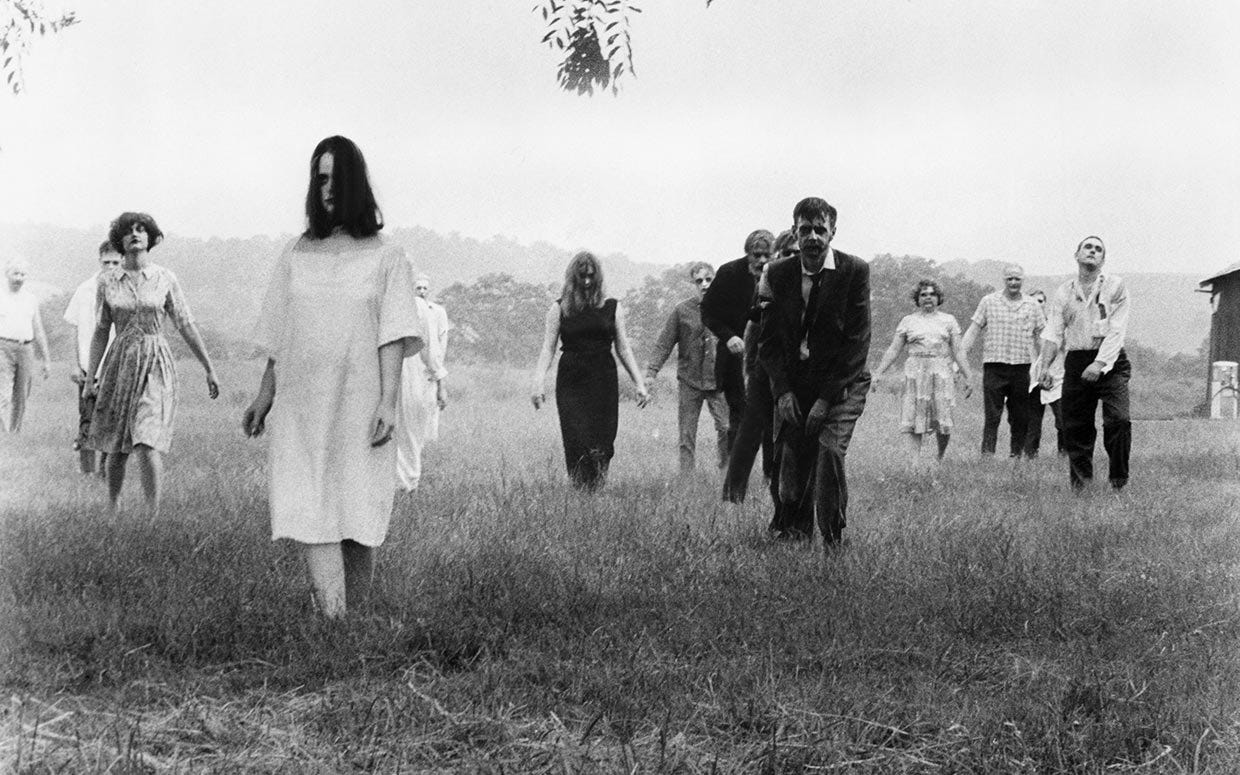
The Heroes Behind Healthcare.gov
The untold story of how a small team of innovators almost fundamentally changed government.
I believe that every organization contains talented insiders no matter how corrupt they may appear from the outside. It might not be visible to outsiders, but inside these zombie corporations are talented artists who are trying to make a difference. For these artists the victories are small, the progress is slow, and the rewards aren’t fame or fortune. They do meaningful work (their art) because they believe they can make a difference.
Would you believe that even in a zombie institution like the government there are talented insiders? Would you believe that even the flagship zombie product, healthcare.gov, had a promising beginning built by artists? It’s true.
Some of the first people to write code for healthcare.gov were a small team from a company called Development Seed. Development Seed was responsible for the initial groundwork for healthcare.gov. One of the key principles that guides Development Seed is a belief in open source software. That means they share their code freely and make no claims of copyright on their contributions. Open source software is transparent, constantly improving as a result of active contributors, and free from the death grip that comes with ownership complications.
Development Seed made sure the code (at least the code that they were responsible for) was open source. They used Github, one of the main code sharing websites, to publish their healthcare.gov code. Github is more than just a place where you dump code. Any code on Github can be forked by any of Github’s four million users, or anyone with a computer for that matter. Code can be refined by anyone in the community and quickly incorporated into the official branch. It also keeps a running log of any and all changes made to the code base. That means that nobody can hide behind a smokescreen of anonymity.
The fact that the healthcare website was going to be open source was applauded by developers everywhere.
At this point it is important to make a distinction between what web developers refer to as the “frontend” and the “backend.” The frontend is the part of the website that everyone sees and interacts with. The backend is the behind-the-scenes connections that make the site function. The frontend of healthcare.gov launched before the collapse which would happen months later. Development Seed was responsible for the frontend of healthcare.gov.
It should be noted that they weren’t working completely alone and credit should also go to web agencies Teal Media (for design) and Edward Mullen Studio (for information architecture and user experience). The work of these companies is not above criticism, but considering the client was the government you have to give these companies high marks for what they shipped.
Development Seed’s frontend has worked perfectly from the beginning. It has never gone offline. Every code change has been made publicly with complete transparency. Despite the abomination that has brought such deserved terrible press to healthcare.gov, the work done by Development Seed has remained online and functional. It is unknown how much money Development Seed received for their portion of the website but it was certainly a tiny fraction of the total estimated $600 million total costs.
The site launched in June to great reviews. The Atlantic called the site “a huge win for the American people,” sighting how unprecedented it was to have a government website created in public using open source tools. The site was praised because it didn’t use Drupal or Percussion, the bloated content management systems that power most government websites. The site was praised because it incorporated an API that allowed other developers to embed content from the site. The site was praised for it’s simplicity, theoretically allowing people with basic skills to make updates, a task that usually requires an expensive outside experts. It was fast, it was cheap, and it was open. It was going to change how governments build websites. It seemed like a dream come true.

About three months later, healthcare.gov would make headlines again as thousands of users flocked to the site to sign up for healthcare. As we all know, the site failed miserably. It became clear to everyone that the backend was not going to be as stellar as the frontend.
How could the government get something so right on the frontend and have things go so terribly wrong on the backend? The answer is that there are only 16 companies qualified to provide certain tech services to the federal government. The backend could only be done by one of those 16 companies. The winners were CGI Federal and Quality Software Services Inc. (QSSI).
You can tell just from the names that these are not small teams of specialists, but giant zombie corporations that are great at absorbing millions of dollars but not great at creating functioning websites.
They don’t share their code. They are not active members of the open source community. There is no public log of their code changes. There are no bread crumbs of code contributions. They just leach government money and deflect criticism because they are carefully setup so that nobody can directly be blamed. They will lurch along, a mob of mindless zombies, incapable of innovation or progress.
Development Seed has not been involved in healthcare.gov since CGI Federal and QSSI took over the project. Under strange circumstances the Github repository was taken offline, essentially putting a curtain in front of the transparent frontend work. While the health insurance fiasco will be going on for years the story that won’t get told is how a small team of talented insiders came so close to fundamentally changing the world’s largest zombie institution.
If you like this article, please spread the word by clicking the recommend button below. If you want to read more, check out my book Art of the Living Dead.
